Non Destructive Medical Technologies Size
Non-Destructive Medical Technologies Market Growth Projections and Opportunities
Imaging technology advancement affects non-destructive medical technology. MRI, CT, and ultrasound innovations provide non-invasive, comprehensive diagnostic capabilities, expanding the sector. The global aging population is a major market driver for non-destructive medical technologies. Elderly people have more medical issues that need diagnostic imaging, thus non-invasive technologies that give accurate and full medical exams are essential. Diabetes, cancer, and cardiovascular disease are popularizing non-destructive medical methods. These technologies improve patient outcomes via early chronic disease detection, monitoring, and treatment. Non-destructive medical diagnostics are needed owing to radiation. Ultrasound and MRI are radiation-free, making them safer for pregnant women and children. Non-destructive medical technology is developing rapidly due to medical imaging, AI, and robotics. Artificial intelligence algorithms increase diagnostic accuracy, while robots offer more precise treatments, making the market dynamic. Rising point-of-care diagnostics affect the market. Due to their simplicity and efficacy, portable ultrasonography and imaging instruments are becoming popular in healthcare settings. These tools aid instant diagnosis. A major market component is the growth of telemedicine and remote patient monitoring systems. Tele-ultrasound and remote imaging consultations are non-destructive medical tools that may aid remote diagnosis and monitoring. These technologies address the demand for healthcare services outside of hospitals. The global surge in healthcare spending drives the non-destructive medical technology industry. Governments, healthcare providers, and commercial groups investing in non-invasive diagnostic technology drives market growth. Pandemics that impact the whole globe emphasize the necessity for preparedness and good diagnostics. Non-destructive medical technologies help diagnose and monitor health crises early, which affects investments in them to improve healthcare response. Non-destructive medical technologies go beyond diagnostics and encompass patient-friendly operations. Image-guided surgery, endoscopy, and interventional radiology provide medical accuracy. Traditional, obtrusive surgery is reduced by these technology. The market is impacted by patient desire for non-invasive diagnostic methods and medical exam comfort. Non-destructive imaging methods like open MRI scanners and less-invasive imaging improve patient comfort. Patients and doctors favor these technology. Healthcare guidelines and regulatory restrictions affect the non-destructive medical technology business. Businesses that invest in technology that meets strict regulatory criteria may gain a competitive edge.
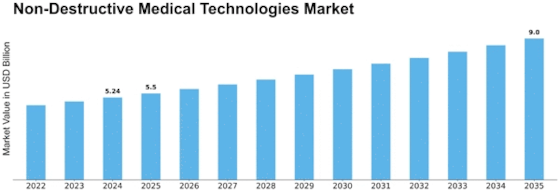

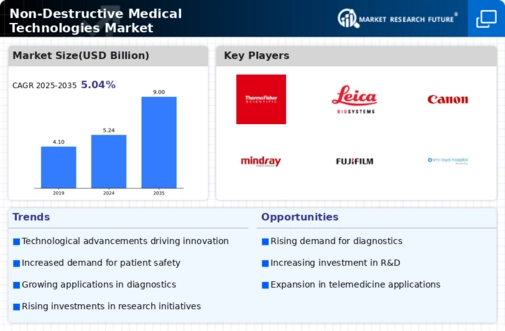
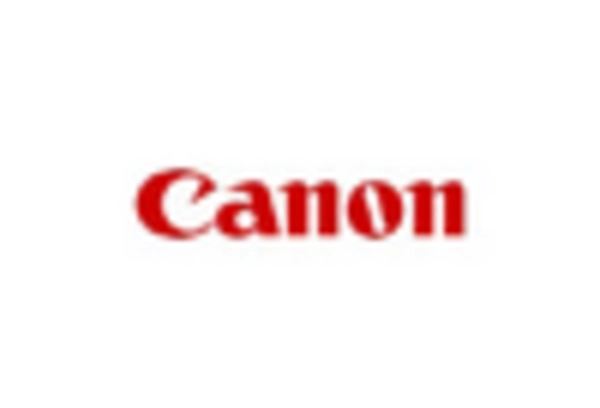
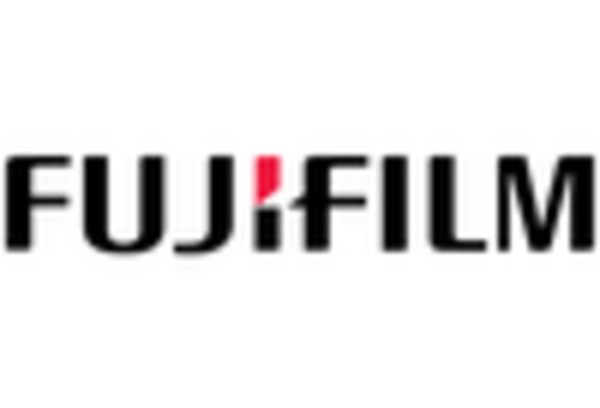
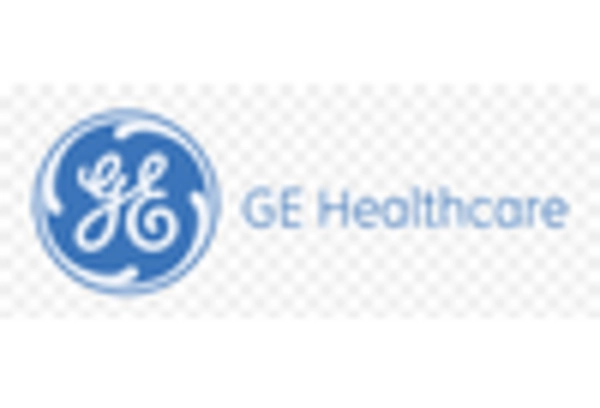
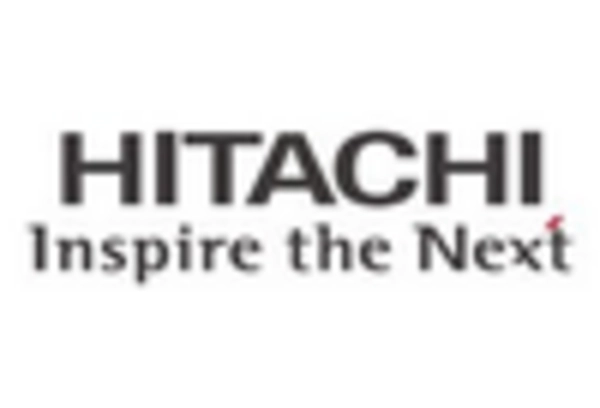











Leave a Comment